Air Castle of the South
MUSIC IN AMERICAN LIFE
A list of books in the series appears at the end of this book.
A IR C ASTLE
OF THE S OUTH
WSM and the Making of Music City
CRAIG HAVIGHURST
University of Illinois Press
Urbana and Chicago
2007 by the Board of Trustees
of the University of Illinois
All rights reserved
Manufactured in the United States of America
C 5 4 3 2 1
 This book is printed on acid-free paper.
This book is printed on acid-free paper.
Library of Congress Cataloging-in-Publication Data
Havighurst, Craig.
Air castle of the South : WSM and the making of
Music City / Craig Havighurst.
p. cm. (Music in American life)
Includes bibliographical references (p. ) and index.
ISBN -13 978-0-252-03257-8 (cloth : alk. paper)
ISBN -10 0-252-03257-8 (cloth : alk. paper)
1. WSM (Radio station : Nashville, Tenn.)
2. Radio broadcastingTennesseeNashvilleHistory.
I. Title.
PN 1991.3. U 6 H 38 2007
791.4409768'55dc22 2007011425
FOR MOM, DAD, AND TAYLOR
It seems to me the radios like drink;
it just gets a hold on you.
Margery Allingham
It was not the city we once knew.
Jesse Wills
Contents
Acknowledgments
This book began to take shape thanks to the kindness of Wade Jessen and Kyle Cantrell, both of whom shared time and information with me many years ago when I had nothing to offer them but questions about country music, radio, and Nashville. They offered me an overview of WSMs remarkable story, encouraged me to dig deeper, and offered dozens of potential sources.
Space doesnt allow such specific reasons for my appreciation toward the rest of the people who put their faith in me and this project, but for support of one kind or another I offer my sincerest thanks to: Eddie Stubbs, Bud Wendell, Neil Craig, Debbie Craig, Margaret Ann Robinson, Elizabeth Proctor, Ward DeWitt, Sykes DeWitt, Cary Allyn, Ralph Emery, Charlie Lamb, Allen Reynolds, Paul Corbin, Paul Kingsbury, Don Cusic, Ronnie Pugh, Richard Peterson, Brenda Colladay, Pam Matthews, Robert K. Oermann, Ridley Wills II, D and Mary Jane Kilpatrick, Tom and Billie Perryman, Les and Dot Leverett, Howard and Ruth White, Leroy Troy and family, Margaret Parker, Donia Craig Dickerson, Liz Ferrell, Jo Walker-Meador, Jud Collins, John Rumble, Watt Hairston, Harold Bradley, Frances Preston, Bill Berry, Mac Wiseman, John and Delores Seigenthaler, Ken Paulson, Jerry Strobel, Bill Cody, Gary and Peggy Walker, Chet Flippo, Robert Ikard, Liz Thiels, Jay Orr, Ellen Pryor, Jack Hurst, Clay Bradley, Connie Bradley, Jerry Bradley, Patsy Bradley, Bill Carey, Micki Estes, Carl Kornmeyer, Bill Denny, Beegie Adair, Cal Young, Beverly LeCroy, David Hall, Dick Frank Jr., Don Cook, Eddie Jones, Elmer Alley, George Reynolds Jr., Harrianne Condra, Joe Layne, John Hartford, Matt Combs, Larry Munson, Teddy Bart, Tom Adkinson, Dr. Reavis Mitchell, Dr. Paul Kwami, Mike Armistead, Marty Stuart, Dick Hill, William D. Jackson, Doug Seroff, Dave Black, James Foust, Michelle Hilmes, Peter Guralnick, Trudy Stamper, Walt Trott, Karen Hicks, Liz Norris, Caroline Davis, Jerry Bailey, Bob Tubert, Kevin Lamb, Jim Foglesong, Tandy Rice, Mary Ann McCready, Paul Wells, Bruce Nemerov, Beth Curley, Christina Melton, Bart Herbison, and Ed Salamon.
Fellow scribes and editors who have offered knowledge and friendship and have helped this project along include Tim Ghianni, Peter Cooper, Linda Zettler, Bill Choyke, Brad Schmitt, Jeanne Naujeck, Brad Schrade, Michael Gray, Craig Shelburne, Alanna Nash, Steve Betts, Michael McCall, Bill Friskics-Warren, Barry Mazor, Lucas Hendrickson, Jack Silverman, and Jon Weisberger.
Several key contributors passed away during the work on the book, and they are dearly missed: Dr. Charles K. Wolfe, Irving Waugh, Aaron Shelton, Buddy Killen, Marge Kirby, and Marjorie Cooney.
For a careful reading of and invaluable feedback on the manuscript, I must thank my old friend and mentor Barry Yeoman and my father Clark Havighurst, who did his best to teach me how to write in the first place. I am forever grateful.
I offer special thanks to the staff of the Nashville Room at the Nashville Public Library, where I was granted an invaluable writers room and where everybody let me take advantage of them in my search for the heart of Music City.
And finally, very special thanks to Tamara Saviano, the ber-believer.
Introduction
THE MUSE OF MUSIC CITY
On the bitter cold morning of January 8, 2002, a grassy berm at the sprawling interchange of Briley Parkway and McGavock Pike in Nashville, Tennessee, became an impromptu grandstand for protesters. More than one hundred citizens waved signs, clapped their mittens, and urged passing motorists to honk in support of traditional country music. Keep country alive! they chanted. Keep country alive! Singing legend George Jones drove up to voice support from behind the wheel of his SUV. Local honky-tonk glam character Melba Toast shouted in the wind from beneath her outlandish, platinum bouffant wig.
The rally pitched its message toward the seven-lane street and the depressed motel, fast food, and outlet mall development across it. But the protesters ire was directed over their shoulders, at a huge tourism and shopping complex encompassing the Gaylord Opryland Resort and Convention Center (formerly the Opryland Hotel), the Grand Ole Opry House, Opry Mills shopping mall, and, immediately behind them, the offices and studios of 650 AM WSM, the most influential and exceptional radio station in the history of country music.
They were angry because Gaylord Entertainment, the Nashville company that owned WSM and the Grand Ole Opry itself, had decided internally to drop the stations classic country music format for an all sports/talk diet. The sounds of Johnny Cash, Tammy Wynette, Loretta Lynn, Buck Owens, and Patsy Cline were to be replaced with call-in shows about NASCAR and the citys new professional football team, the Tennessee Titans. The Grand Ole Opry, the longest-running show in broadcasting history, was to move off WSM-AM for the first time in seventy-five years and join the Saturday night lineup of WSM-FM, a station that played only new country hits.
Gaylord was making significant investments in the Opry, and it had successfuly renovated the Ryman Auditorium downtown, but in this third American institution, the companys new CEO saw a radio station with ratings and profits that were less impressive than its history. Many in the city werent ready for such cold calculus. News of the planned format change, which had leaked to the local newspaper around Christmas, riled traditional country music fans and historically minded Nashvillians. They felt theyd seen too many icons of the citys country music past shuttered, sold, or torn down in recent years, including Opryland USA, the wooded music and amusement park Gaylord had razed in 1998 to build the enormous Opry Mills mall. Nine thousand people from around the world signed an Internet petition to keep WSM country. Opry stars like Vince Gill and Marty Stuart publicly and personally implored Gaylord executives not to unplug country music and bluegrass from WSM, the very origin of the musics successes in Nashville. The daily newspaper editorialized that to do so would seriously alter the sound and identity of Music City.
The protesters werent in front of WSM to harangue it. They were there to protect it, the way a family rallies around a loved one in trouble. WSMs staff was under orders to stay inside and not talk to the media. Somebody from the Oprys corporate office did, however, send out hot coffee for everyone.


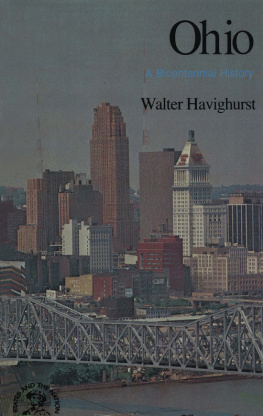
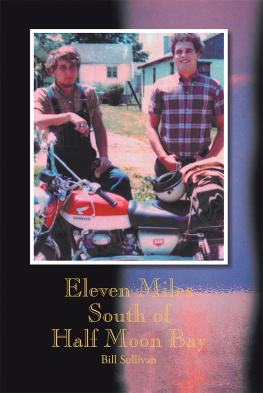


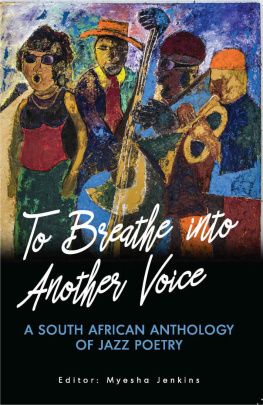
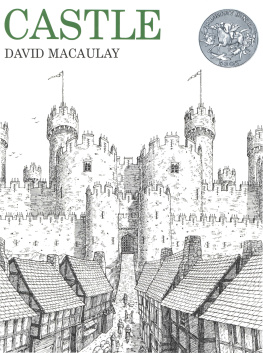
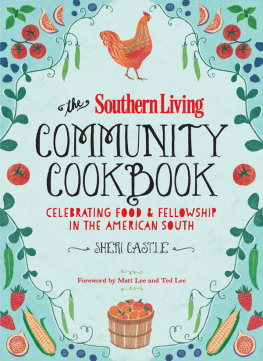
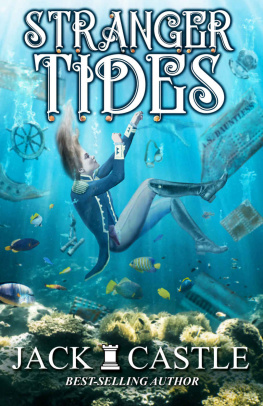


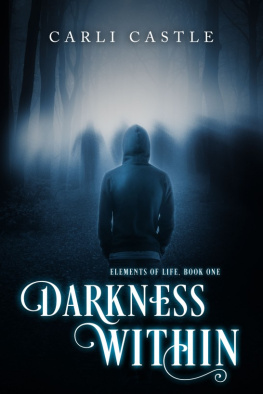
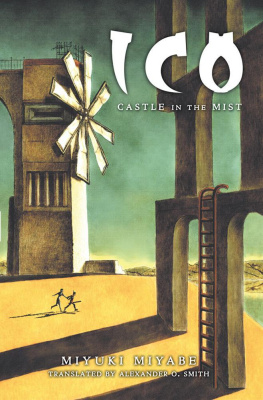


 This book is printed on acid-free paper.
This book is printed on acid-free paper.